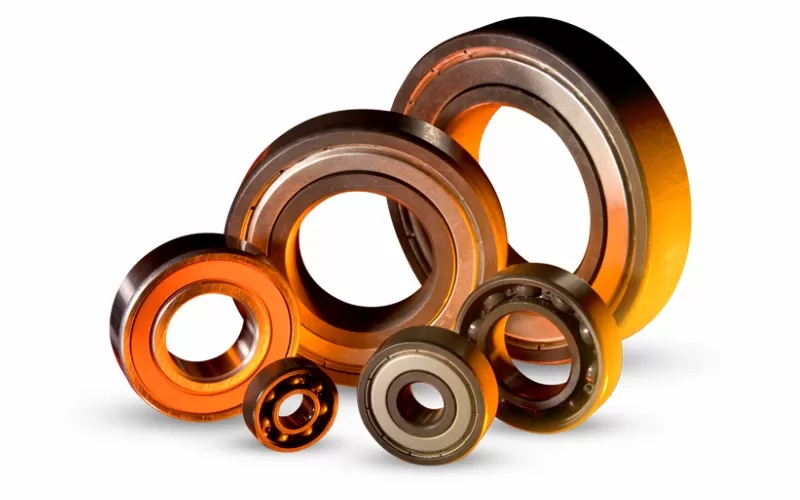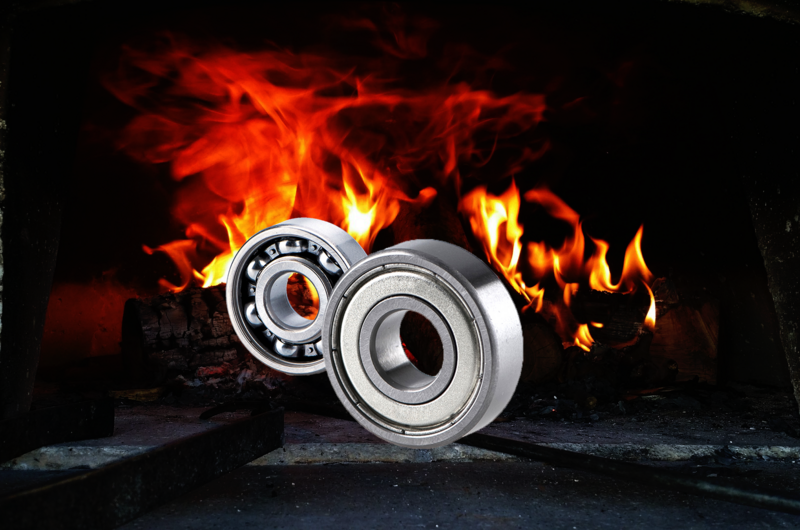News Center
What is your understanding of the temperature grade for high-temperature bearings?
2023-12-18
What is your understanding of the temperature classifications for high-temperature bearings?
High-temperature bearings are classified based on their ability to operate effectively at elevated temperatures. Here’s a detailed overview of their temperature grades and characteristics.
Temperature Grades of High-Temperature Bearings
200°C: Suitable for moderate high-temperature applications.
300°C: Commonly used in various industrial applications, providing good performance under heat.
400°C: Designed for more demanding environments where higher temperatures are encountered.
500°C: Often used in critical applications requiring robust performance at elevated temperatures.
600°C: Suitable for extreme conditions, often involving specialized materials.
600°C to 800°C: This range typically includes full high-temperature steel bearings and ceramic hybrid bearings, which can withstand these temperatures due to their advanced material properties.
800°C to 1200°C: Bearings in this category generally utilize silicon nitride ceramics, which maintain stability and performance in extreme heat conditions.

Materials Used in High-Temperature Bearings
Standard Bearing Steel: Typically operates up to 150-200°C; however, its service life is limited under such conditions.
High-Temperature Alloy Steel: Can handle temperatures from 300-500°C and is recommended for applications needing durability and longer service life.
Silicon Nitride Ceramics: These bearings can withstand temperatures from 800-1200°C, offering exceptional longevity but at a higher cost.
Applications
High-temperature bearings are crucial in various industries, including:
Aerospace: Used in jet engines and other components where high thermal resistance is essential.
Gas Turbines: Required for efficient operation under extreme heat.
Nuclear Systems: Employed in environments with significant thermal challenges.
Industrial Furnaces: Essential for equipment operating at elevated temperatures.

In summary, the selection of high-temperature bearings should be based on the specific operational environment and the required temperature resistance, with options available that cater to a wide range of industrial applications.
Welcome to contact us if you have any request about DSYC bearings!